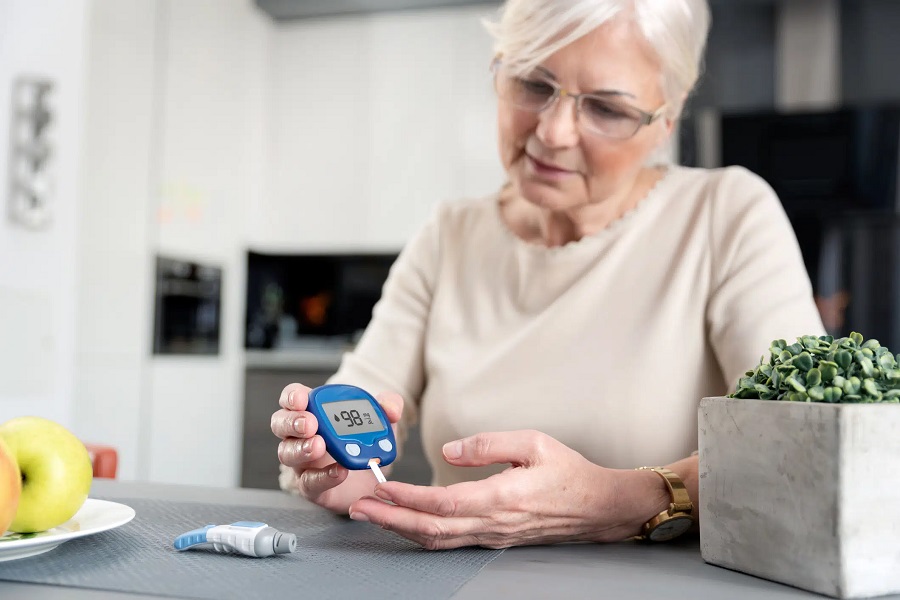Managing diabetes effectively can feel like a daunting task, especially for seniors and their caregivers who are striving to keep blood sugar levels in check. However, gaining quick control over sugar levels is not only achievable but can also lead to improved overall health and vitality. By embracing simple yet impactful lifestyle changes, such as a balanced diet and regular physical activity, seniors can learn how to improve diabetes management and enhance their quality of life. In this guide, we’ll share quick tips on how to control sugar levels immediately, explore the best food for diabetes control, and delve into managing diabetes with diet and exercise. With a touch of humor and a lot of heart, we’ll provide you with the resources and support needed to thrive.
Quick Tips for Managing Diabetes
Managing diabetes effectively requires a combination of knowledge, lifestyle changes, and quick action. In this section, we’ll explore practical tips for controlling blood sugar levels, the best foods for diabetes management, and how to integrate diet and exercise into your daily routine.
How to Control Sugar Level Immediately
When blood sugar levels spike, it’s crucial to know how to bring them down quickly. Here are some effective strategies to control sugar levels immediately:
-
Drink water: Staying hydrated helps flush excess glucose through urine.
-
Exercise: A brisk 15-minute walk can lower blood sugar by using glucose for energy.
-
Eat a high-protein snack: Protein can help stabilize blood sugar without causing significant spikes.
-
Take prescribed medication: If you have insulin or other diabetes medication, use them as directed by your healthcare provider.
Remember, these are short-term solutions. For long-term management, consistent lifestyle changes are key.
Best Food for Diabetes Control
Choosing the right foods is crucial for managing diabetes effectively. Here’s a list of some of the best foods for diabetes control:
-
Non-starchy vegetables (leafy greens, broccoli, carrots)
-
Whole grains (quinoa, brown rice, oats)
-
Lean proteins (chicken, fish, tofu)
-
Healthy fats (avocado, nuts, olive oil)
-
Low-glycemic fruits (berries, citrus fruits, apples)
These foods are high in fiber, nutrients, and have a low glycemic index, which means they won’t cause rapid spikes in blood sugar levels.
Incorporate these foods into your meals to help maintain stable blood sugar levels throughout the day. Remember, portion control is also crucial in managing diabetes.
Managing Diabetes with Diet and Exercise
A balanced approach to diet and exercise is fundamental in managing diabetes effectively. Here’s how you can integrate both into your daily routine:
Diet: Focus on a meal plan that’s rich in nutrients but low in simple carbohydrates. The Mediterranean diet or the DASH diet are excellent options for diabetics. These diets emphasize whole grains, lean proteins, and plenty of fruits and vegetables.
Exercise: Aim for at least 150 minutes of moderate-intensity exercise per week. This could be broken down into 30-minute sessions, five days a week. Activities like brisk walking, swimming, or cycling are great options.
Remember, consistency is key. Small, sustainable changes to your diet and exercise routine can lead to significant improvements in blood sugar control over time. Always consult with your healthcare provider before making major changes to your diet or exercise regimen.

